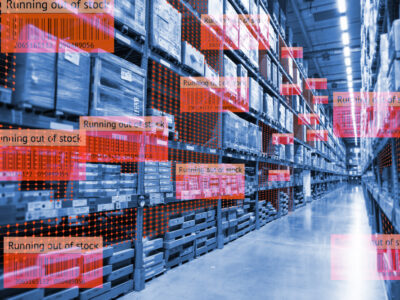Robots are no longer the thing of Hollywood blockbusters and sci-fi magazines but are now making their way into everyday life thanks to Robotic Process Automation (RPA). RPA is basically the use of robotic engineering and computer programming to enable a machine to complete a vast range of precise movements and calculations. This incredible technology allows robots to perform a wide range of functions such as capturing and interpreting existing applications for processing transactions, collating and manipulating data and triggering a response within neighbouring systems as necessary. Time consuming processes such as supply chain management, human resources, customer service, purchase order and finance can easily be switched to RPA to save valuable time in both manpower and human error. Add to this the fact that computers have lightning reaction speeds to calculations and problem solving that would make a human head spin makes RPA an extremely attractive option for employers in every industry.

For those of us who believe that robots are for the future generation need to think again as RPA steams into the workplace and its popularity shows no signs of waning. RPA is more than simply instructing a robot to do a job, but rather programming it to complete high volume transactions with extreme precision without fatigue or error. As a result RPA is becoming more and more popular in the business sector as it enables them to work to a higher standard at a faster pace, and unlike their human counterparts, robots do not need regular breaks or annual leave. The use of robots is now more prevalent in teams across the UK than ever before, especially on the factory floor where intensive manual labour is carried out on a daily basis.
Of course, RPA is not limited to manual labour and it extends it reach to every sector including automotive and administration to name but a few. In fact most offices are using robotic processes in the workplace without even realising it. The vast majority of modern day IT support systems, administrative processes, workflow processes and printing processes employ RPA to some degree to carry out dull, repetitive time-intensive tasks and in doing so liberate some of the staff to do other roles.
But what of the cost of RPA? There is no denying that robotic process automation comes at a price, but almost all business owners who have utilised RPA within their team will argue that the benefits far outweigh the potentially hefty price tag. Rather than reducing the staff numbers, (although this is a very real benefit for some business owners) RPA will facilitate the release of employees from mundane, menial tasks or labour intensive applications which will enable them to get on with highly skilled jobs that require more than artificial intelligence.
Humans will never be fully replaced in the workplace, however there are obvious pros to having robotic automation processes present to streamline the current systems. As RPA looks set to sweep the business industry, it is time to get on board and make the investment that will pay dividends in the long term.










Comments